Infections that cause hives. Infections and Illnesses That Cause Hives: Common Causes, Symptoms, and Treatments
What are the main infections that can trigger hives. How do chronic illnesses contribute to hive outbreaks. What are the most effective treatments for hives caused by infections and diseases.
Understanding Hives: An Overview of Causes and Symptoms
Hives, also known as urticaria, are a common skin condition characterized by red or white raised bumps that typically cause itching. These welts can appear suddenly and affect any part of the body. While many people associate hives with allergic reactions, infections and illnesses are actually frequent triggers, especially in children.
The appearance of hives is often linked to the immune system’s response to various stimuli. When the body detects a potential threat, such as a virus or bacteria, it releases chemicals like histamine. This immune reaction can manifest as hives on the skin’s surface.
Key Characteristics of Hives
- Raised, itchy bumps on the skin
- Red or white in color (may be less noticeable on darker skin tones)
- Can appear anywhere on the body
- May merge into larger patches
- Often accompanied by a burning or stinging sensation
- Can change size and shape over time
Do hives always indicate a serious condition? Not necessarily. While hives can be uncomfortable and distressing, they are often harmless and resolve on their own within a few days to weeks. However, in some cases, hives may be a sign of a more serious underlying condition or part of a severe allergic reaction that requires immediate medical attention.

Acute vs. Chronic Hives: Duration and Implications
Hives are generally categorized into two types based on their duration: acute and chronic. Understanding the difference between these types can provide valuable insights into potential causes and treatment approaches.
Acute Hives
Acute hives are short-lived outbreaks that typically last from a few days up to 6 weeks. These are the most common form of hives and are often triggered by specific events or exposures.
- Duration: Less than 6 weeks
- Common causes: Viral infections, allergic reactions, certain medications
- Prevalence: More common in children
Chronic Hives
Chronic hives persist for more than 6 weeks and may come and go over extended periods. These cases are often more challenging to diagnose and treat.
- Duration: More than 6 weeks
- Potential causes: Autoimmune disorders, chronic infections, ongoing allergic reactions
- Prevalence: More common in adults
Can chronic hives indicate a more serious underlying condition? In some cases, yes. Chronic hives may be associated with autoimmune diseases, thyroid disorders, or other systemic conditions. If you experience recurring hives for more than 6 weeks, it’s essential to consult with a healthcare professional for a thorough evaluation.
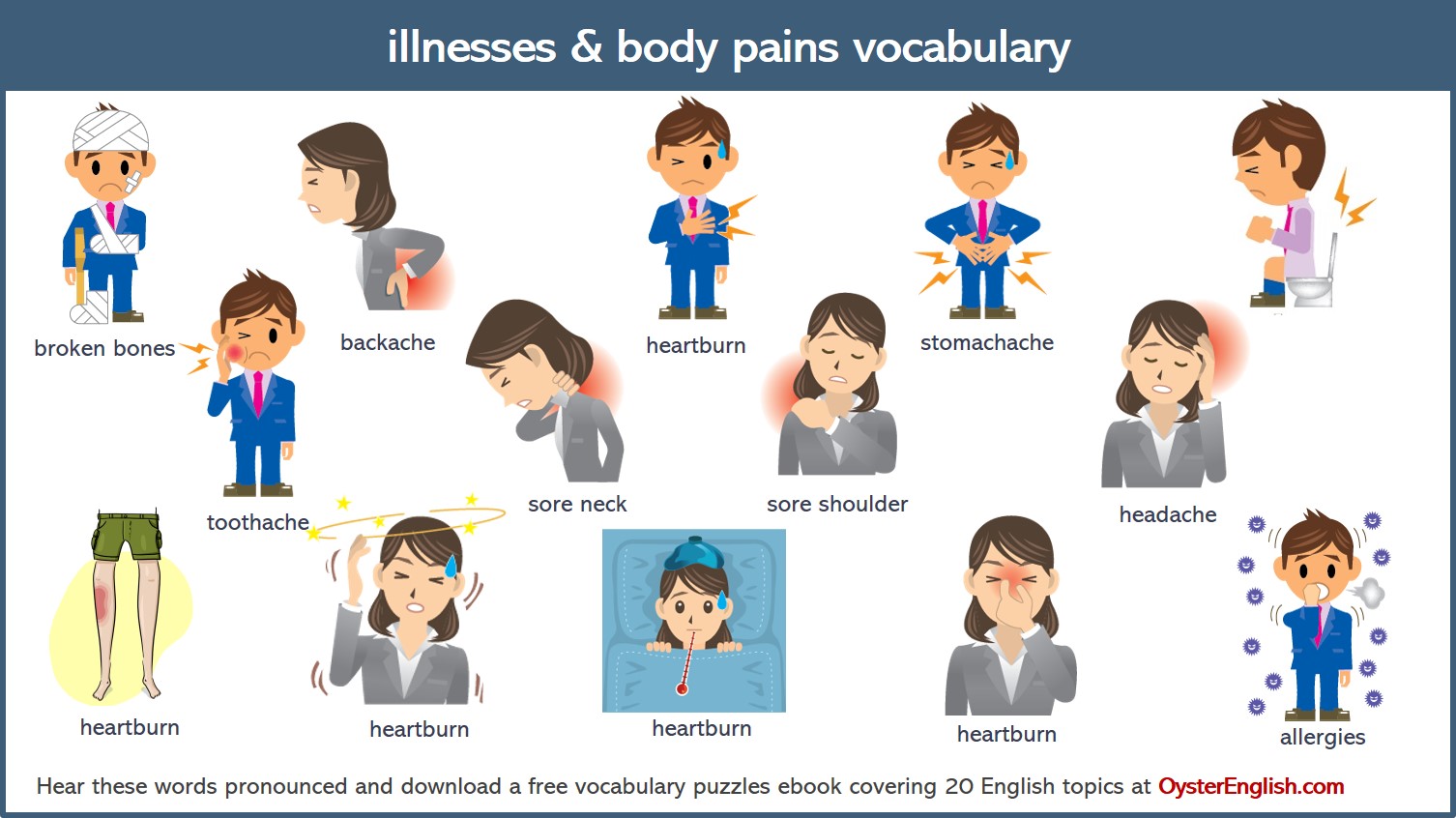
Viral Infections: A Leading Cause of Hives in Children
Viral infections are among the most common triggers of hives, particularly in children. In fact, studies suggest that up to 80% of acute hive cases in children are linked to viral illnesses. This high prevalence is due to several factors, including the developing immune systems of young children and their frequent exposure to various pathogens in school or daycare settings.
Common Viral Infections Associated with Hives
- Common Cold: Caused by various viruses, particularly rhinoviruses
- Influenza: Both influenza A and B can trigger hives
- COVID-19: The novel coronavirus has been associated with skin manifestations, including hives
- Epstein-Barr virus (EBV): The cause of infectious mononucleosis
- Respiratory syncytial virus (RSV): A common cause of respiratory infections in young children
Why do viral infections often lead to hives? When a virus infects the body, it triggers an immune response. In some individuals, this immune activation can cause mast cells in the skin to release histamine and other inflammatory chemicals, resulting in hives. Interestingly, hives may appear not at the onset of the infection, but rather as the body is clearing the virus, which can be a week or more after initial symptoms.
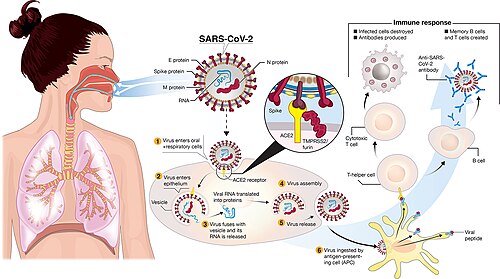
Bacterial Infections and Their Link to Hives
While less common than viral-induced hives, bacterial infections can also trigger urticaria in some individuals. The mechanism is similar to that of viral infections, with the immune response to the bacteria leading to histamine release in the skin.
Bacterial Infections Known to Cause Hives
- Streptococcal infections: Including strep throat and scarlet fever
- Urinary tract infections (UTIs): Particularly those caused by E. coli
- Helicobacter pylori: A bacteria associated with stomach ulcers
- Mycoplasma pneumoniae: A cause of atypical pneumonia
Are hives from bacterial infections different from those caused by viruses? While the appearance of hives may be similar regardless of the infectious cause, bacterial-induced hives may be more likely to resolve with appropriate antibiotic treatment. However, it’s important to note that antibiotics themselves can sometimes cause hives as a side effect, complicating the clinical picture.
Chronic Illnesses and Autoimmune Disorders: Long-Term Triggers for Hives
Chronic hives, lasting more than six weeks, are often more challenging to diagnose and treat. In many cases, they may be associated with underlying chronic illnesses or autoimmune disorders. These conditions can cause persistent immune system activation, leading to recurrent or ongoing hive outbreaks.
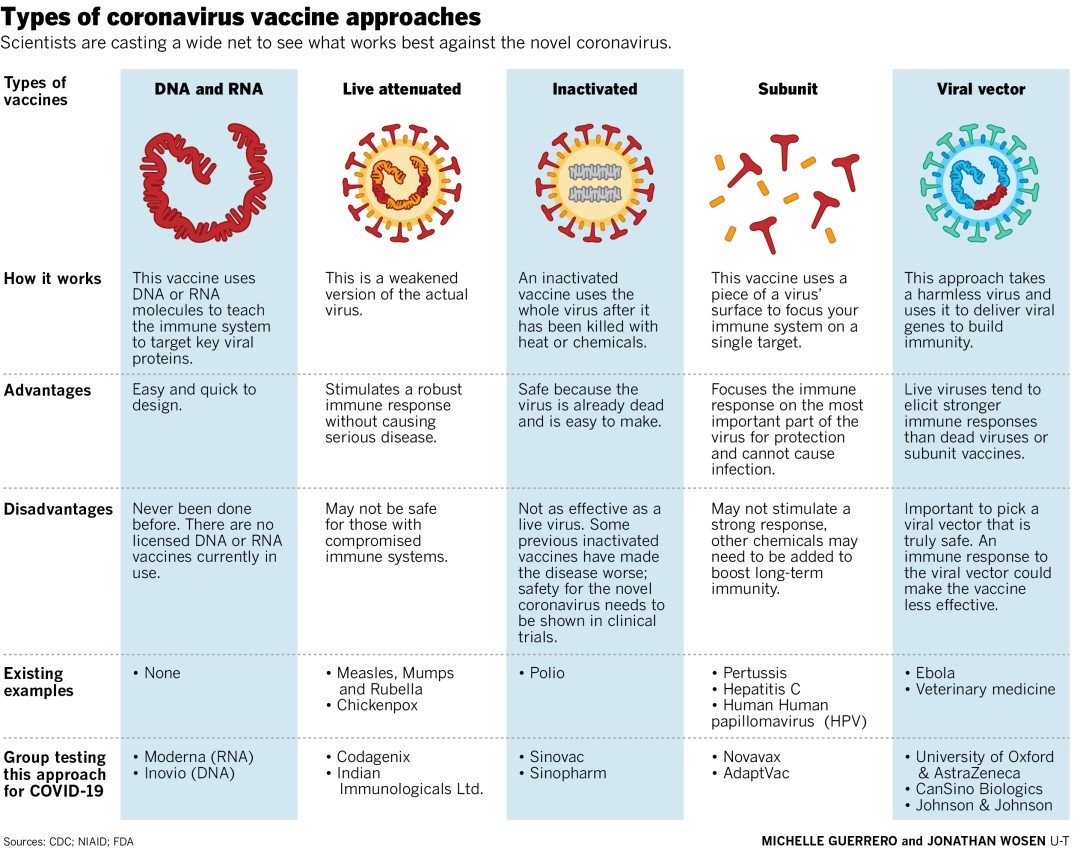
Autoimmune Diseases Linked to Chronic Hives
- Lupus: Approximately 10% of lupus patients experience hives
- Thyroid disorders: Both hypothyroidism and hyperthyroidism can trigger hives
- Rheumatoid arthritis: Hives may occur as part of the disease or as a reaction to medications
- Celiac disease: Up to 25% of celiac patients may develop a specific type of hives called dermatitis herpetiformis
- Type 1 diabetes: An autoimmune form of diabetes that can be associated with hives
How does the connection between autoimmune diseases and hives work? In autoimmune conditions, the immune system mistakenly attacks the body’s own tissues. This ongoing immune activation can lead to the release of inflammatory mediators in the skin, resulting in chronic or recurrent hives. Additionally, some medications used to treat these conditions may also trigger hives as a side effect.
Diagnosing the Underlying Cause of Hives
When a patient presents with hives, particularly if they are recurrent or chronic, healthcare providers must embark on a thorough diagnostic process to identify the underlying cause. This process often involves a combination of clinical history, physical examination, and laboratory tests.
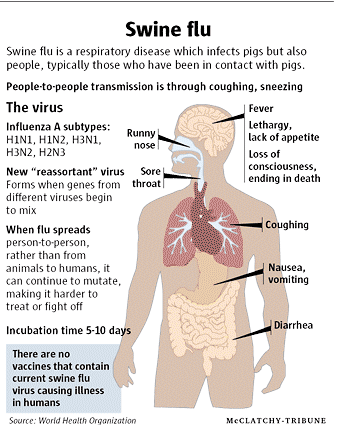
Steps in Diagnosing Hives
- Detailed medical history: Including onset, duration, and potential triggers
- Physical examination: To assess the characteristics and distribution of hives
- Blood tests: To check for signs of infection, inflammation, or autoimmune markers
- Allergy tests: If an allergic cause is suspected
- Skin biopsy: In rare cases, to rule out other skin conditions
Is it always possible to identify the cause of hives? Unfortunately, no. In many cases of chronic hives, the underlying cause remains elusive despite extensive testing. These cases are referred to as chronic idiopathic urticaria. However, even when a specific cause cannot be identified, effective treatments are still available to manage symptoms.
Treatment Approaches for Infection-Induced Hives
The treatment of hives caused by infections typically involves a two-pronged approach: addressing the underlying infection and managing the hive symptoms. The specific treatment plan will depend on the identified cause and the severity of symptoms.

Common Treatment Strategies
- Antihistamines: To reduce itching and swelling
- Corticosteroids: For severe cases or those not responding to antihistamines
- Antibiotics: If a bacterial infection is identified
- Antiviral medications: In cases of severe viral infections
- Supportive care: Including cool compresses and avoiding triggers
How long does it typically take for infection-induced hives to resolve? In most cases of acute hives caused by infections, symptoms improve within a few days to weeks as the underlying infection clears. However, some individuals may experience prolonged symptoms or recurrent outbreaks, necessitating ongoing management.
Prevention and Long-Term Management of Hives
While it’s not always possible to prevent hives, especially those triggered by infections, there are strategies that can help reduce the frequency and severity of outbreaks. For individuals prone to hives or those with chronic urticaria, long-term management is key to maintaining quality of life.
Preventive Measures and Management Strategies
- Identifying and avoiding known triggers
- Maintaining good overall health to support immune function
- Regular follow-ups with healthcare providers
- Stress management techniques
- Proper skin care to minimize irritation
- Keeping a symptom diary to identify patterns or triggers
Can dietary changes help prevent or manage hives? While diet is not a common trigger for infection-induced hives, some individuals may find that certain foods exacerbate their symptoms. In these cases, working with a healthcare provider or dietitian to identify and eliminate potential dietary triggers can be beneficial. Additionally, a balanced diet rich in anti-inflammatory foods may support overall immune health and potentially reduce the frequency of hive outbreaks.
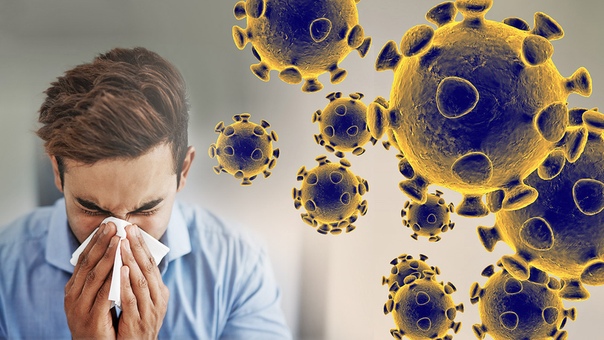
In conclusion, understanding the complex relationship between infections, chronic illnesses, and hives is crucial for effective diagnosis and management. While hives can be distressing, most cases resolve with appropriate treatment and time. For those experiencing recurrent or chronic hives, working closely with healthcare providers to identify underlying causes and develop personalized management strategies is essential for long-term relief and improved quality of life.
Illnesses That Cause Hives | Buoy
Read about
Last updated December 23, 2022
Tooltip Icon.Speech Bubble Icon.0
Copied to clipboard
Symptoms
Causes
Treatment
Table of Contents
Tooltip Icon.Speech Bubble Icon.0
Copied to clipboard
Last updated December 23, 2022
Try our free symptom checker
Get a thorough self-assessment before your visit to the doctor.
Buoy Chat Icon.Take symptom quiz
What are hives?
Hives are red or white raised bumps on your skin that usually itch. They are triggered by an allergic reaction. Hives can be acute, lasting a few days to up to 6 weeks, or chronic, appearing on and off for more than 6 weeks.
It’s very common for illnesses and infections to cause hives. About 80% of cases of acute hives in children are caused by viral infections like the common cold. It’s harder to pinpoint a cause for chronic hives, but they can be caused by a chronic condition like lupus or thyroid disease.
Symptoms
Hives look like raised flat bumps that appear on your skin anywhere on your body. The bumps look red or white, but the color may not be as obvious on darker skin tones. They often itch but can also burn or sting. The raised bumps can be separate or merge together into a larger patch.
The majority of hives only last a few days. If you have chronic hives, you might notice that they change size and shape or disappear and then reappear.
Hives can also be part of a larger allergic reaction, which can include dangerous symptoms like difficulty breathing or swallowing. Go to the ER or call 911 if you have these symptoms.
Why do illnesses cause hives?
When you’re sick, your immune system starts working to fight off the invader. For some people, the immune cells in your skin, called mast cells, are also activated. The mast cells release histamine, a chemical that brings on the itching and redness of hives. The hives usually appear when the immune system is clearing the infection out of your body, so it can happen a week or so after you first get sick.
Are children more likely to get hives?
Hives from illnesses are very common in children, since the infections that can cause them occur more often in younger kids. For example, children often get six to eight colds a year. It is because their immune systems are still being developed and they are constantly exposed to germs in schools and daycares.
Viruses and bacteria that cause hives
Hives may not be the first symptom you think of for these common viral and bacterial infections, but they can all potentially cause the red itchy spots.
- Common cold: This viral infection that targets your nose and upper respiratory tract can also trigger hives. Colds are usually mild and go away in 1–2 weeks.
- COVID-19: There is a lengthy list of symptoms for COVID-19, which is caused by a virus, and it includes hives, which can last 2–12 days.
- Urinary tract infection: Along with its trademark symptoms of burning while urinating and constantly feeling like you need to urinate, a UTI can also cause hives.
 UTIs are caused by bacteria and can be treated by antibiotics.
UTIs are caused by bacteria and can be treated by antibiotics. - Mononucleosis: Another viral infection, mono can cause hives in rare cases. It’s most common in teenagers and young adults and is very contagious.
Chronic illnesses that cause hives
There are many types of chronic illness, but autoimmune diseases are the most likely to cause hives. An autoimmune disease is when your immune system mistakenly attacks your own body. Here are some that can cause hives:
- Celiac disease: With celiac disease, your immune system reacts whenever you eat gluten (the protein found in wheat, rye, and barley). That immune reaction can trigger hives, which are called dermatitis herpetiformis when connected to celiac. It happens in up to 25% of people with celiac and is treated with an oral antibiotic (Dapsone).
- Diabetes: Type 1 diabetes is an autoimmune disorder, which is why it’s been linked to hives. And while type 2 diabetes is not an autoimmune disorder, some people may get hives from the insulin or medications they’re taking to help manage blood sugar levels.

- Lupus: Lupus is an autoimmune disease that causes chronic inflammation throughout the body. Around 10% of people who have lupus will also have hives. Your provider will want to look at your hives to make sure they aren’t a side effect of medication or a sign of a different disease.
- Rheumatoid arthritis: Caused by an overactive immune system, rheumatoid arthritis can trigger hives. Some medications for rheumatoid arthritis suppress the immune system and can also cause hives (but those hives tend to be just around the spot of the injection).
- Thyroid disease: The link between thyroid disease and skin issues is so strong that sometimes your dermatologist may be the first person to notice something is going on with your thyroid.
- Vitiligo: Vitiligo is a skin disorder that causes large discolored patches all over the body, but it can also cause hives.
Treatment
Hives caused by a viral or bacterial illness will usually go away in a week or two. An antihistamine like Benadryl can be helpful, though it does cause drowsiness.
An antihistamine like Benadryl can be helpful, though it does cause drowsiness.
If your itching is severe, talk to your healthcare provider about other treatment options. If the itch doesn’t improve after taking antihistamines, your provider may prescribe an oral steroid.
For hives caused by a chronic illness, a dermatologist may be able to recommend more long-term ways of managing the condition. Your provider that treats your underlying disease can also help, since managing your primary condition can improve hives.
If your hives are caused by an allergic reaction and you notice signs that you are going into anaphylaxis, which is when your throat is closing up and you can’t breathe, you need to call 911 or go to the ER immediately since that is a life-threatening condition.
Was this article helpful?
1 person found this helpful
Tooltip Icon.
Copied to clipboard
Hives: Causes
Diseases & conditions
-
Coronavirus Resource Center
-
Acne
-
Eczema
-
Hair loss
-
Psoriasis
-
Rosacea
-
Skin cancer
-
A to Z diseases
-
A to Z videos
- DIY acne treatment
- How dermatologists treat
- Skin care: Acne-prone skin
- Causes
- Is it really acne?
- Types & treatments
- Childhood eczema
- Adult eczema
- Insider secrets
- Types of hair loss
- Treatment for hair loss
- Causes of hair loss
- Hair care matters
- Insider secrets
- What is psoriasis
- Diagnosis & treatment
- Skin, hair & nail care
- Triggers
- Insider secrets
- What is rosacea
- Treatment
- Skin care & triggers
- Insider secrets
- Types and treatment
- Find skin cancer
- Prevent skin cancer
- Raise awareness
- Español
Featured
Reduce summertime rosacea flare-ups
The sun, heat, and humidity can all trigger rosacea and lead to flare-ups.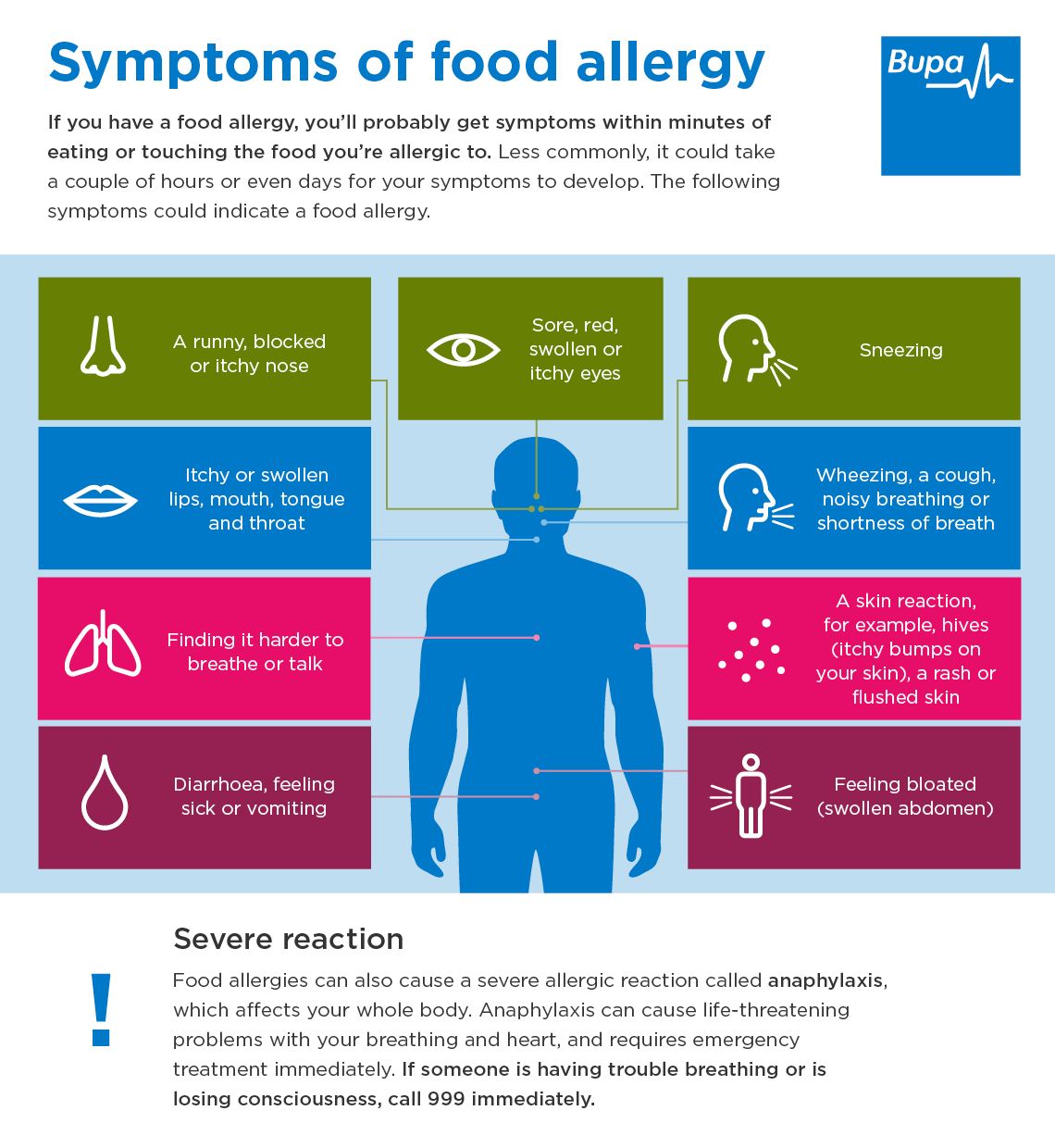 Find out how you can enjoy summer while reducing flare-ups.
Find out how you can enjoy summer while reducing flare-ups.
JAK inhibitors: A newer type of medication
JAK inhibitors are helping patients with alopecia areata, eczema/atopic dermatitis, psoriasis, and vitiligo. Here’s what you need to know.
Everyday care
-
Skin care basics
-
Skin care secrets
-
Injured skin
-
Itchy skin
-
Sun protection
-
Hair & scalp care
-
Nail care secrets
- Basic skin care
- Dry, oily skin
- Hair removal
- Tattoos and piercings
- Anti-aging skin care
- For your face
- For your skin routine
- Preventing skin problems
- Bites & stings
- Burns, cuts, & other wounds
- Itch relief
- Poison ivy, oak & sumac
- Rashes
- Shade, clothing, and sunscreen
- Sun damage and your skin
- Aprenda a proteger su piel del sol
- Your hair
- Your scalp
- Nail care basics
- Manicures & pedicures
Featured
Practice Safe Sun
Everyone’s at risk for skin cancer.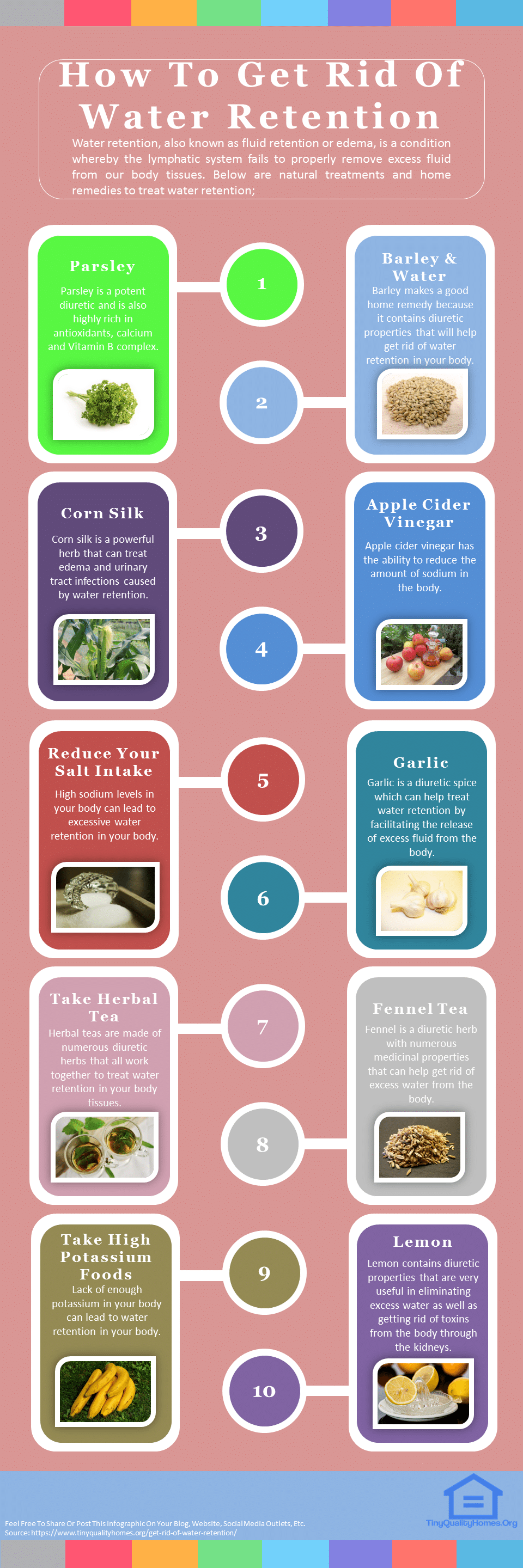 These dermatologists’ tips tell you how to protect your skin.
These dermatologists’ tips tell you how to protect your skin.
Relieve uncontrollably itchy skin
Find out what may be causing the itch and what can bring relief.
Darker Skin Tones
-
Skin care secrets
-
Hair care
-
Hair loss
-
Diseases & Conditions
- Acne
- Dark spots
- Dry skin
- Light spots
- Razor bumps
- Caring for Black hair
- Scalp psoriasis
- Weaves & extensions
- Central centrifugal cicatricial alopecia
- Frontal fibrosing alopecia
- Hairstyles that pull can cause hair loss
- Acanthosis nigricans
- Acne keloidalis nuchae
- Hidradenitis suppurativa
- Keloid scars
- Lupus and your skin
- Sarcoidosis and your skin
- Skin cancer
- Vitiligo
- More diseases & conditions
Featured
Fade dark spots
Find out why dark spots appear and what can fade them.:max_bytes(150000):strip_icc()/penicillin-allergies-2634584-01-8e7ad55b8d914e23a20b9597af84dc63.png)
Untreatable razor bumps or acne?
If you have what feels like razor bumps or acne on the back of your neck or scalp, you may have acne keloidalis nuchae. Find out what can help.
Cosmetic treatments
-
Your safety
-
Age spots & dark marks
-
Cellulite & fat removal
-
Hair removal
-
Scars & stretch marks
-
Wrinkles
-
Younger-looking skin
Featured
Laser hair removal
You can expect permanent results in all but one area. Do you know which one?
Do you know which one?
Scar treatment
If you want to diminish a noticeable scar, know these 10 things before having laser treatment.
Botox
It can smooth out deep wrinkles and lines, but the results aren’t permanent. Here’s how long botox tends to last.
Public health programs
-
Skin cancer awareness
-
Free skin cancer screenings
-
Kids’ camp
-
Good Skin Knowledge
-
Shade Structure grants
-
Skin Cancer, Take a Hike!™
-
Awareness campaigns
-
Flyers & posters
-
Get involved
- Lesson plans and activities
- Community grants
Featured
Free materials to help raise skin cancer awareness
Use these professionally produced online infographics, posters, and videos to help others find and prevent skin cancer.
Dermatologist-approved lesson plans, activities you can use
Free to everyone, these materials teach young people about common skin conditions, which can prevent misunderstanding and bullying.
Find a dermatologist
-
Find a dermatologist
-
What is a dermatologist?
-
FAAD: What it means
-
How to select a dermatologist
-
Your digital health
-
Prior authorization
-
Dermatologists team up to improve patient care
- Finding accurate health information
- Health apps
- Wearable medical devices
- Telemedicine
- Protect your information
Featured
Find a Dermatologist
You can search by location, condition, and procedure to find the dermatologist that’s right for you.

 UTIs are caused by bacteria and can be treated by antibiotics.
UTIs are caused by bacteria and can be treated by antibiotics.